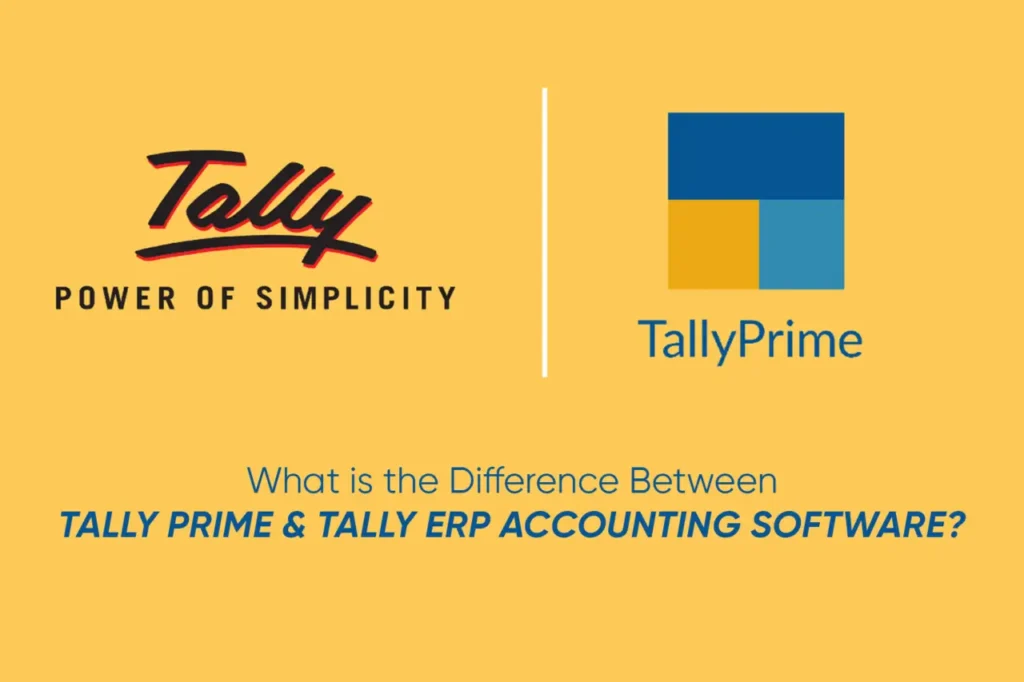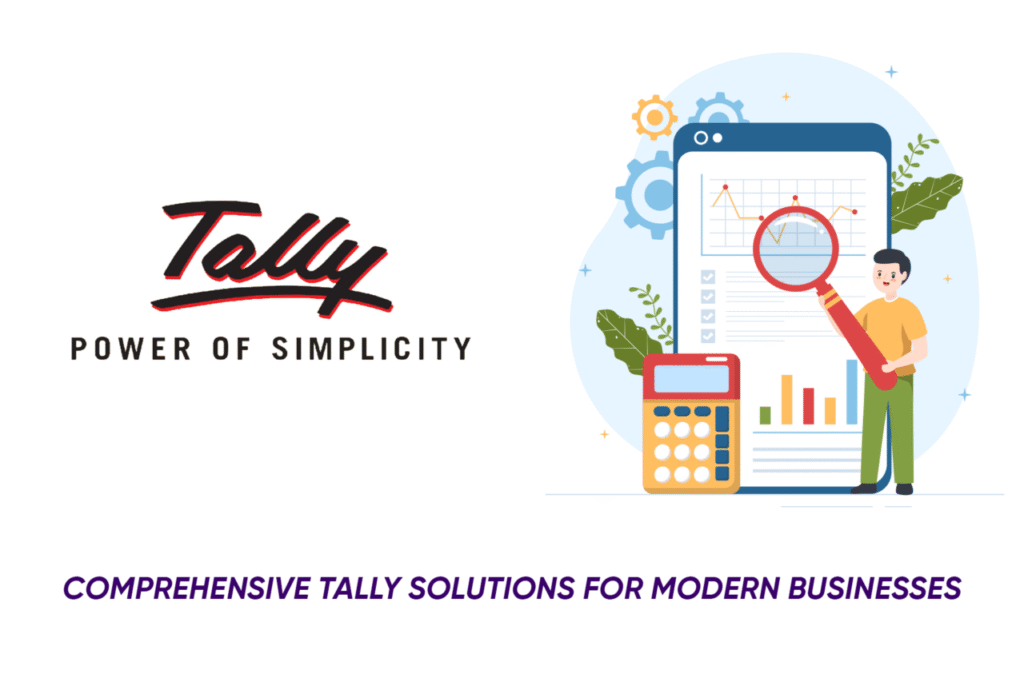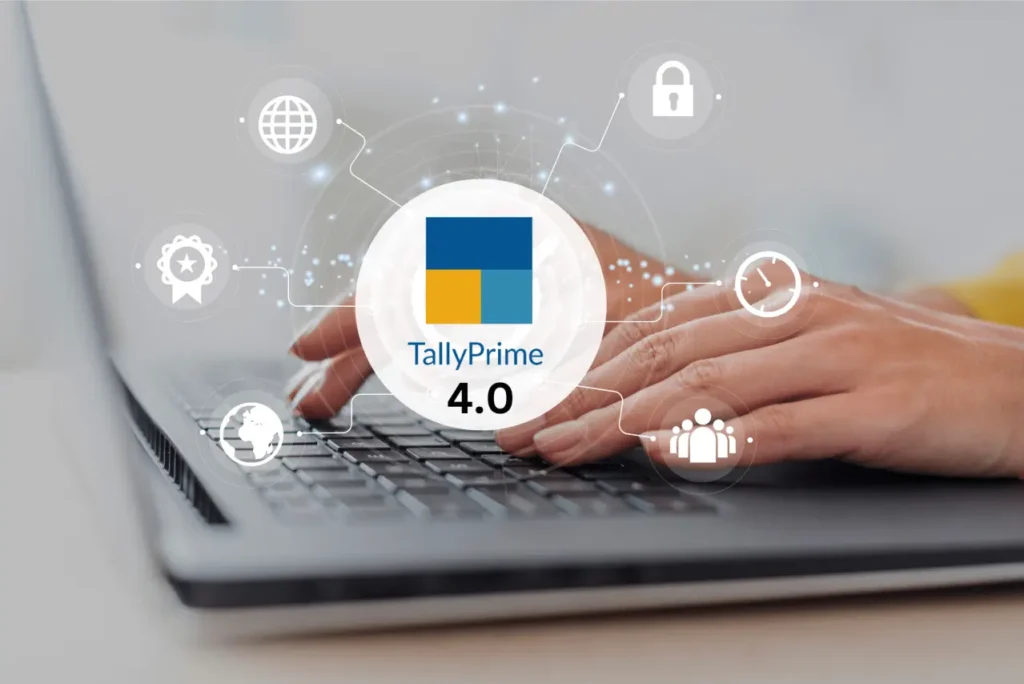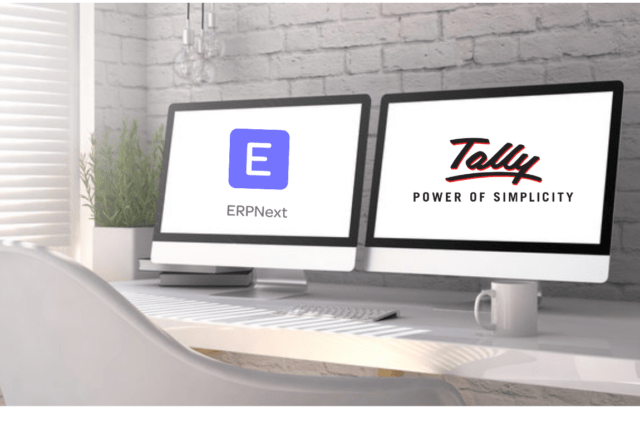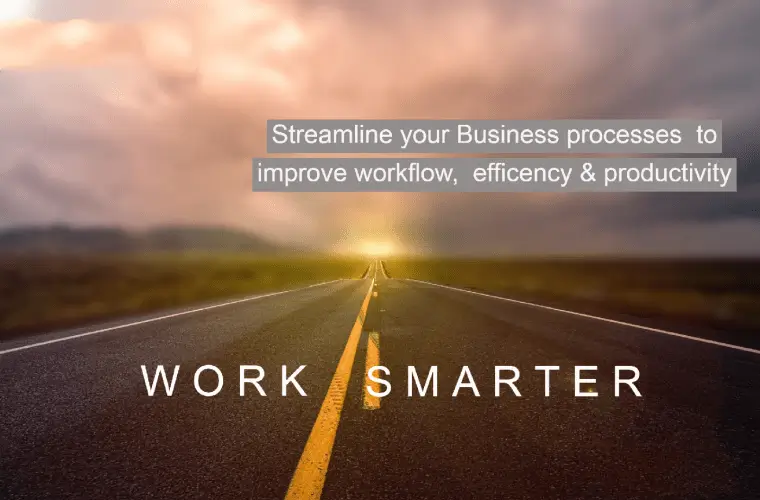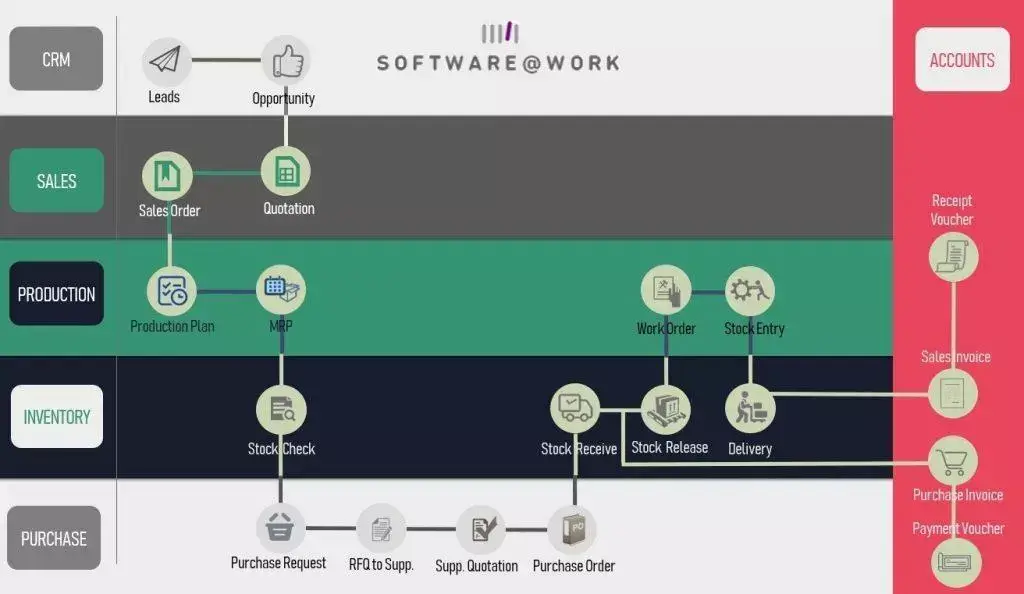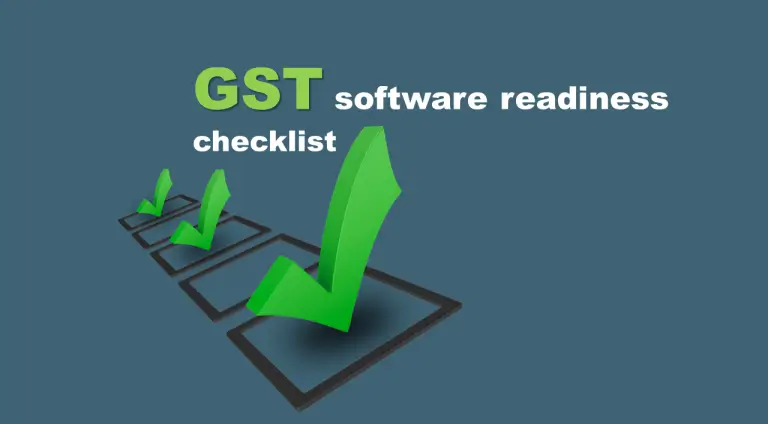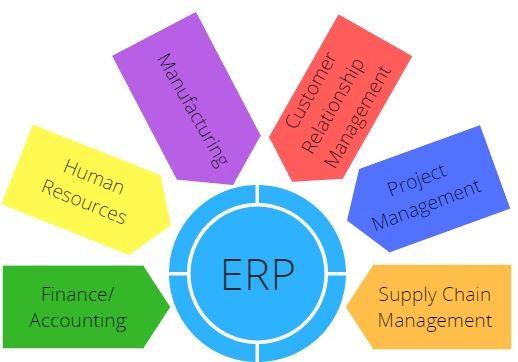An ERP implementation is an important process that signifies a step forward for the company. There is no way to recreate the perfect ERP rollout every time, but by being aware of some common mistakes, you can work towards eliminating them and reducing the frustration of all stakeholders. Analyst firm Gartner estimates that 55% to 75% of all ERP projects fail to meet their objective. Whether you are switching to a different ERP, buying a new version of the ERP, or implementing ERP for the first time, here are the top ten mistakes to watch out for according to ERP experts:
Mistake #1 – Embarking without a solid, approved business case.
This is one of the biggest mistakes you could make. An ERP project takes time and money. The company needs patience and perseverance along with a complete understanding of what they are doing and why they are doing it. A business case may include some or a combination of projected revenue increase, savings in operational budgets, safety and regulatory wins and intangible benefits like improved morale and PR, etc.
Clearly state the reasons for undertaking the project so that the team can fully understand it. Senior management should approve the project and give the go-ahead. Only with management’s full support can you get the entire company’s commitment to making the project successful.
Don’t make the blunder of forgetting the business case once you get approval. It should be a living, breathing document of the plans and advantages of the implementation. You should track the progress of the project and the benefits it will produce. Be sure to update the business case continuously and include mechanisms to do this.
Mistake #2 – Ignoring the culture of a company while trying to create a solution.
A company is used to doing things a certain way, and it is difficult to force change on employees, partners or vendors, especially when they have done it for a long time. The ERP project is not a silver bullet that will resolve all the company’s problems. The implementation team has to work hard to gradually improve the company’s performance. Every business is accustomed to a corporate culture. You should not force the company to change unless absolutely necessary, but think of ways to bring the ERP in sync with the existing nature of the company.
It starts at the top. Is there only one place where the decisions of your company are made, or is it decentralised? Sometimes, there is just no other way, and the situation demands a culture overhaul. This is critical in deciding what ERP you should use. The CEO should look at the ERP not only from a technical standpoint, but from a business and organisational point of view. This takes us to the next mistake.
Mistake #3 – Treating this project as a technical change as opposed to a corporate one.
No one likes change, but it is inevitable. Whether you like it or not, things will change because of this ERP. Some of the changes and alterations will relate to software while others will relate to people and processes. The shift will affect people, their training, and the processes they use, but it will be for the better.
The ERP must integrate with other systems, making information available in an instant. The employees can access all the details to see things in real-time. Don’t commit the cardinal sin of thinking the ERP is technical. When you do this, you disregard the power of the new, integrated information.
Mistake #4 – Dismissing advice of a Systems Integrator despite selecting them.
You need to assure a mutual understanding in the partnership between the Systems Integrator (SI) and your company. While selecting an SI, look for a good track record, decide if they will be compatible with your enterprise.
The main reason you have chosen a Systems Integrator is so you can use their knowledge to your benefit. Since you have spent a considerable amount of time and money in acquiring a good SI, it behoves you to follow their advice as they have more experience than you do. Quit arguing with them every step of the way.Disregarding a good SI’s advice will almost always result in failure.
Mistake #5 – Excluding ‘A’ players from the business and technical sides of the organisation.
You need to assign the best possible members to the project. This may be a challenge, but it will ensure good quality end results. You never want to skimp in terms of business talent. Don’t just involve people unassigned to another task or have nothing better to do. Remember that more is not always better. There has to be unity within the team, so choose people who gel well together so there isn’t the clashing of personalities and the butting of heads.
This step is tricky because often the best players are busy doing other projects or off on other assignments. Still, ERP is important enough to warrant attention from at least some of the best people, if not all of them. ERP will change the future of the company, so you should not treat it as any lesser. By the time the project goes live, you and the company will realise firsthand the value of ERP. You are investing in your company’s future, and you need the stars of the team to run the show.
So these are five mistakes that company makes during ERP implementation. Keep coming back for more as our next post will have the rest of the mistakes.
Are you in the market for a new ERP implementation? Visit us on SoftwareHunt.in or call us on 02233494500. The experts at SoftwareHunt will gladly assist and ensure that you do not repeat these mistakes. Also read our blog “11 Mistakes SME’s make while buying business software” https://sawindia.com/11-mistakes-smes-make-while-buying-business-software/








